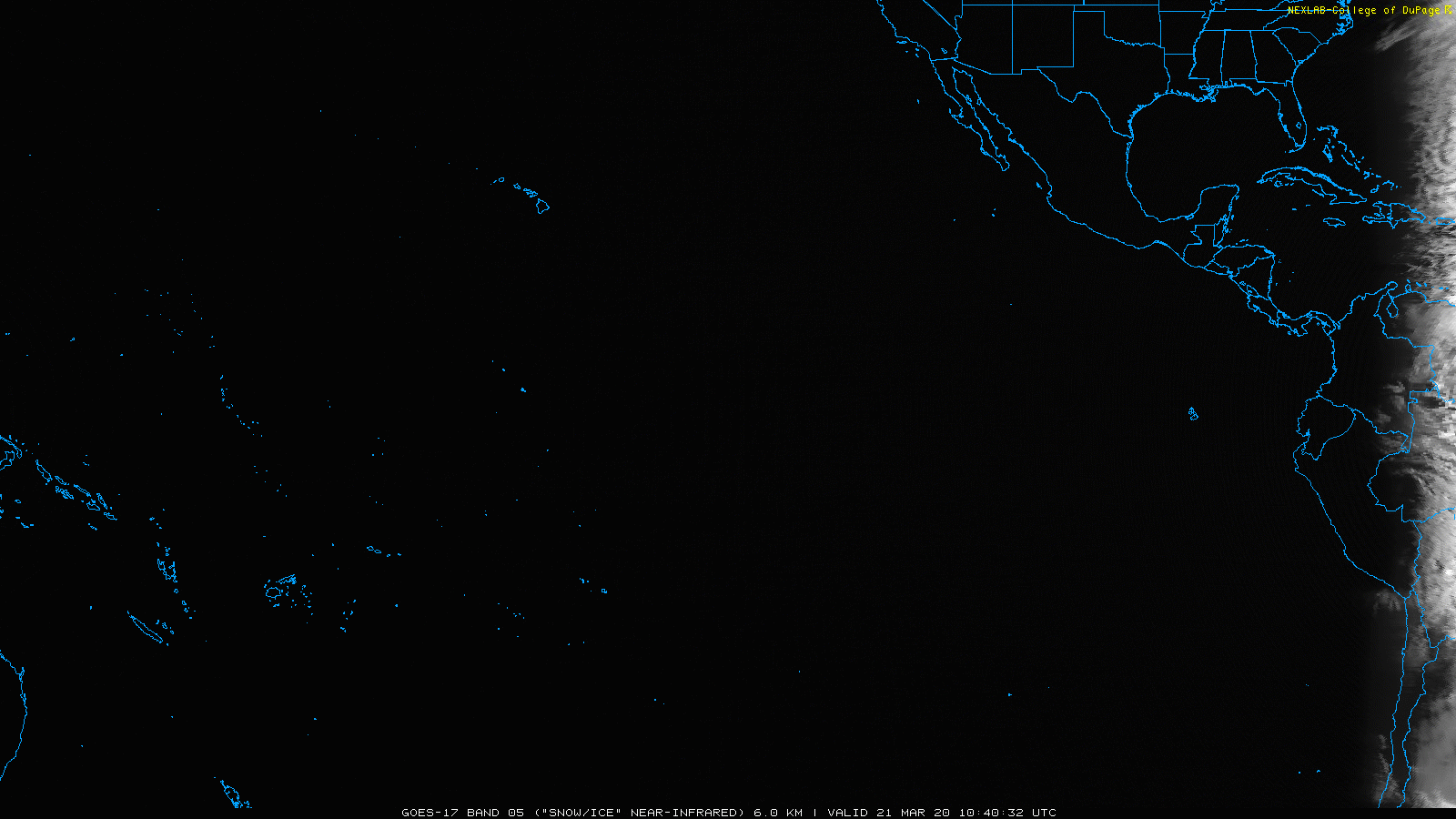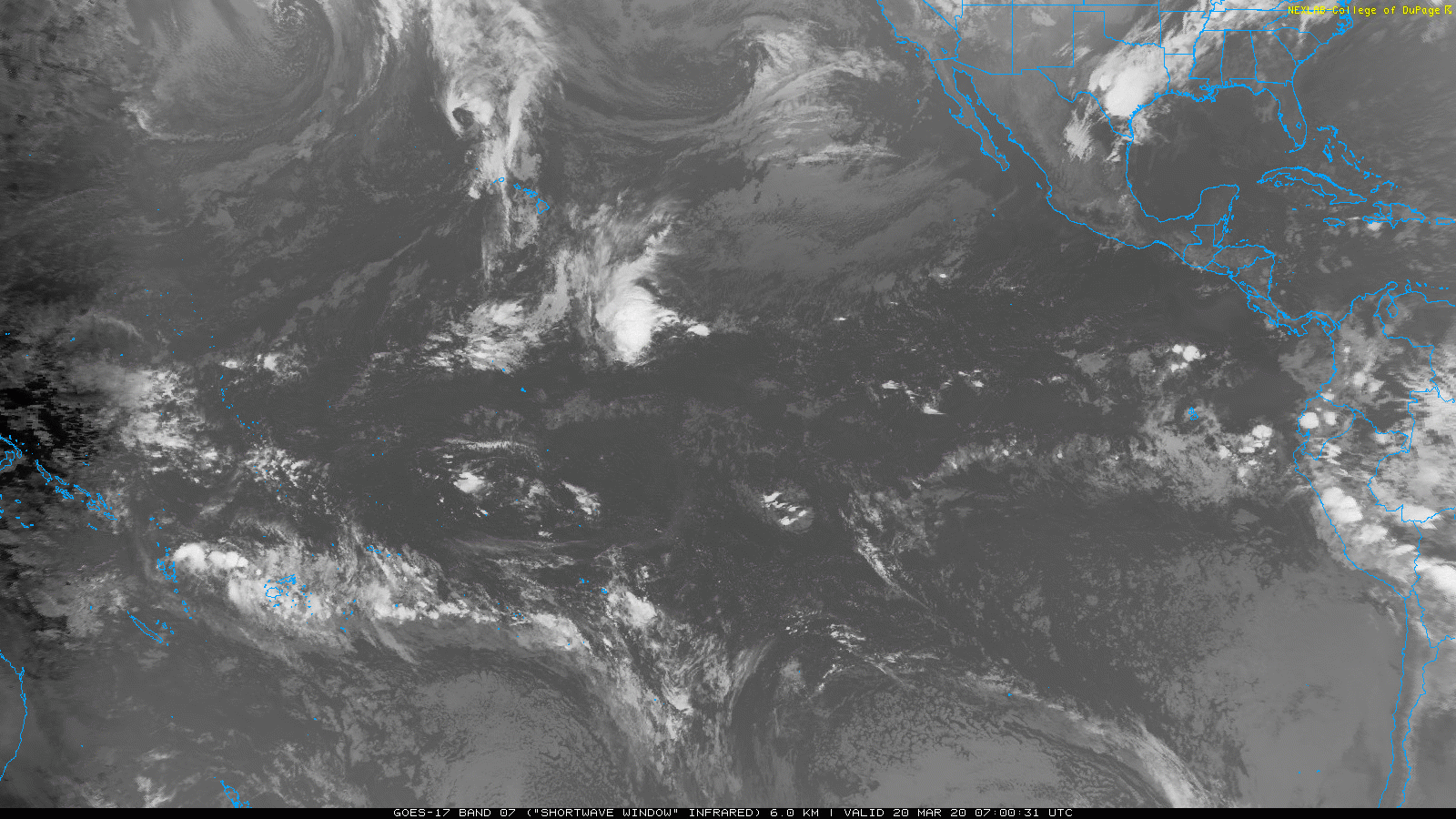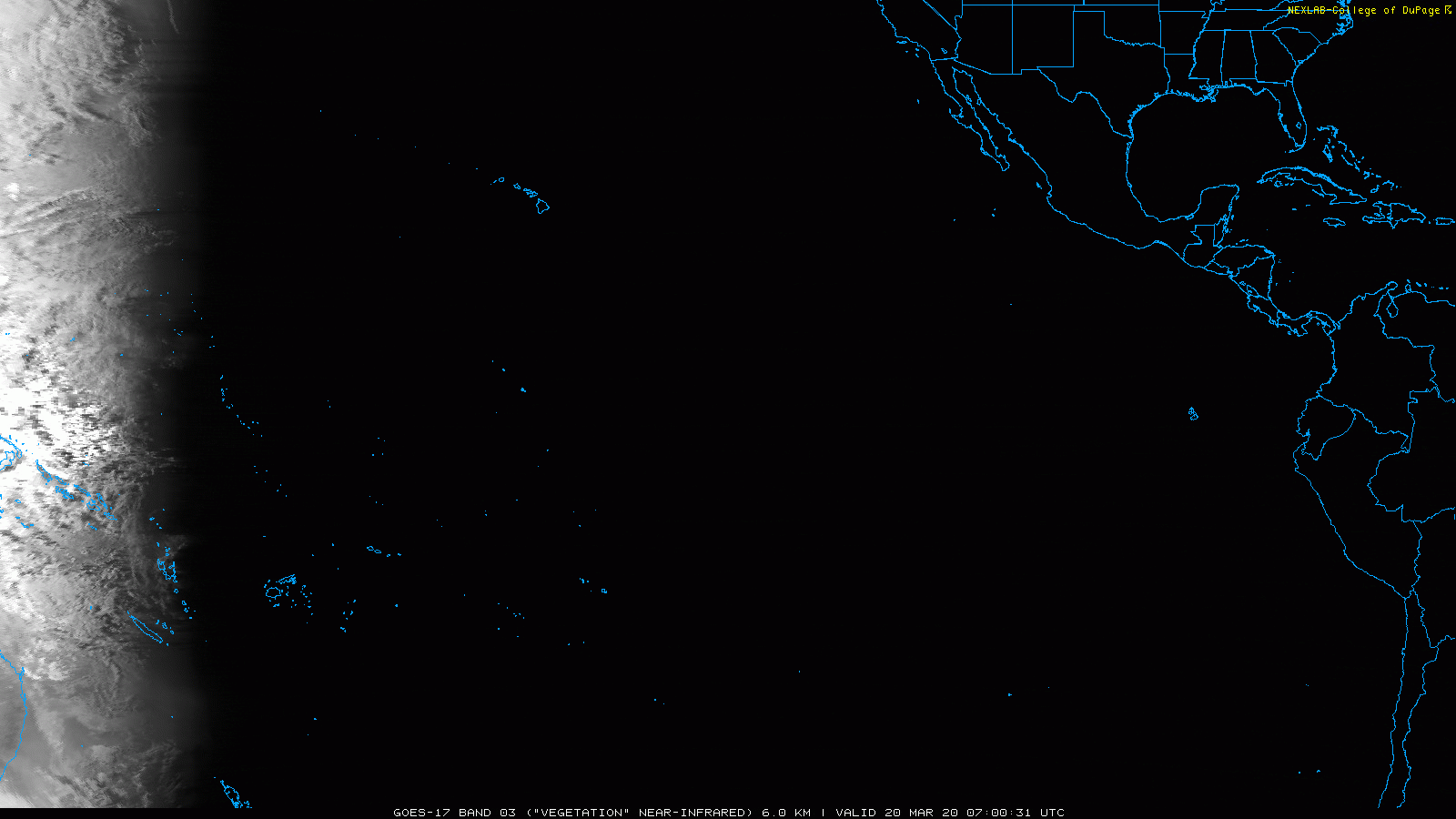
Do you see the reflection on the water?
Do you see the sun moving from over South America, to the west across the eastern Equatorial Pacific? The above is an animated GIF of Satellite Imagery.
I always thought that this was just “sun glint”, as we are taught. For 31+ years as a Professional Meteorologist, I never thought of this, or asked exactly what it is.
With blinders removed, and all trust in any “authority” gone, what I am seeing is a spotlight-like sun. The satellite is not moving, but the sun is. As it moves, it casts an intense light right below where it is passing overhead (this is especially noticeable in the early frames when the sun passes over the Peruvian Coast, VERY intense).
If you think that this sun is not casting an intense spotlight-like, bright, intense light, right below its path overhead, then pay attention to the shadows it casts from below the clouds, as it moves. The shadows are cast as if a flashlight is being shone on the clouds from just above, and the rays are very angled for a sun that is supposedly 93 million miles away.
Still not convinced? Are you familiar with how InfraRed imagery works?

In the above InfraRed Satellite Image Loop, you can see the black and round area crossing the ocean, the “sun glint” in the visible imagery, now a focused area of heat the SAME SIZE…
Do you see the sun moving from over South America, to the west across the eastern and central Equatorial Pacific? Do you see the hot-black-ish spot crossing the water?
With blinders removed, and all trust in any “authority” gone, what I am seeing is a spotlight-like sun, which is close to the earth, and the earth is much larger based on this. The satellite is not moving, but the sun is. As it moves, it casts most of it’s heat, right below where it is passing overhead.
This is how the mid-day sun feels also, MUCH hotter, as anyone who is outside much knows. This should not be the case with a massive sun 93 million miles away.
Another chance to see the spotlight-like sun we have..

Consider this: with the IR imagery, there would not be a small area of heat, as if there were a smaller sized “heat lamp” hanging overhead.
That is how the sun feels also, when it moves away during the day, with MUCH less heat on a person at, say 5pm, and much more at 1pm, despite the “fact” that it is 93 million miles away. If the sun were 93 million miles away it would not show such a difference in the amount of heat applied on the surface of the earth.
If it was a close in “spot light” kind of luminary, it would provide much more heat when overhead (like the IR imagery at that link shows), and much less when say 3,000 miles to the west or east of you, since it is likely very close to the earth in reality, thus providing lots of heat when overhead (lets say 30 miles up), and MUCH less when it has moved from overhead, to thousands of miles away, and still shining on you.
This makes much more sense to me, and has. Back to the point though, the InfraRed satellite imagery shows the close up heat signature of a small and intensely hot object, in relation to the size of the earth.
